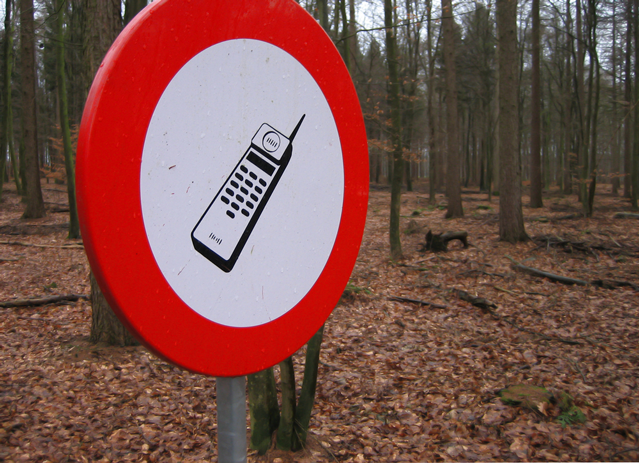Wallace Stegner said National Parks marked our nation’s best idea. But with a backlog of $11.5 billion in deferred maintenance projects and facing sequester cuts, the U.S. Senate Committee on Energy and Natural Resources says the Park Service needs some new good ideas in order to pull itself out of the red. So the Committee convened a hearing on July 25 that the National Park Service is trying to navigate. The purpose of the meeting was to brainstorm creative ways the agency might deal with its cashflow problems.
Representing the National Park Hospitality Association, Gerard Gabrys, who is also CEO of Guest Services Inc., a Virginia-based hospitality firm that operates lodging and other services at Mount Rainier National Park, told the committee that the NPHA wants to help the NPS shoulder some of its financial stress.
“Times are changing and we have to do everything we can to get people into our parks, including offering WiFi in developed portions of the parks, provide ample parking—even if visitors must pay for it—provide additional campgrounds and more activities,” he said.
In a posted on its website, the National Park Hospitality Association makes an argument that I find perplexing. It argues that the NPS should enhance cell service and internet access in order to attract atypical Americans visitors as well as international travelers. “Many of these nontraditional visitors will not find poor cell and data service understandable or attractive—and in fact [sic] may be an irritant that adversely shapes memories or a park visit,” it says.
Really? Not being able to Instagram a snapshot of a Grand Canyon vista or alpine-glow in Glacier or a rare wolf sighting in Yellowstone is going to adversely shape your memories of a park visit? Seems more likely that a chirping cell phone would adversely impact the memories of other park visitors.
Big Rigs
In his , Gabrys also called on the National Park Service to better accommodate recreational vehicles. No, not Subarus. He means pop-up campers, fifth-wheels, and everything in between.
“There has been a significant drop in overnight stays in national park campgrounds, and especially in RV – associated stays which have declined from more than 4 million overnights in the 1980s to about 2 million overnights currently,” it states. “RV ownership during this period has grown dramatically, now reaching 8.5 percent of all US households and 11 percent of the households headed by 35 – 50 year-olds, prime years for families with children. Private sector campground use has grown appreciably during this period— and private campgrounds have adapted to today’s campers. NPS campgrounds need to be upgraded to include sites with utility hookups, WiFi, dumpstations and other features that will better serve 21st Century campground users.”
Many parks allow RVs, but in a quick search of Yosemite, Yellowstone and Zion, I found only one campground (in Yellowstone, operated by concessioner Xanterra) that provides full RV hookups. Yosemite does not offer full hookups but allows limited use of generators. Zion bans generators but has 95 sites with electricity hookups.
The Yellowstone campground with hookups charges $45/night. That’s at least double the rate of other Yellowstone campgrounds, so perhaps if more parks catered to RVs, there would be a detectable increase in franchise fees. There would also be a detectable increase in road congestion—on roads that are in great need of repair in the first place (see: $11.5 billion maintenance backlog).
National Park Service concessioners charge fees for internet service in many parks, and of course charge for the camping they provide. How will this help the NPS emerge from its funding hardship? The National Park Hospitality Association pays franchise fees to the NPS, so the argument is that more services and experiences the concessioners can sell park visitors, the more fees the NPS receives.
I’m not saying the parks should discourage RVs, or block out cell coverage (indeed, they are not—Yellowstone is allowing Verizon to build a new ) or ignore the opportunities information technology presents, in terms of sharing interpretive information and guiding visitors through parks. (There is a much wider argument going on right now over plans to scale back facilities and services in Yosemite’s Merced River corridor, but that’s another story.) But in his testimony at the July 25 hearing, NPS director Jon Jarvis said the only way to really address the deferred maintenance backlog problem is to throw federal dollars at it.
As the NPS nears its centennial, the bigger question is: who is this 21st Century camper that the National Park Hospitality Association is trying to court? Is it you? Me? Why does this 21st Century camper visit National Parks? How much connectivity does he or she expect?
No one at the hearing suggested putting cell towers atop Grand Teton—just in developed areas within the parks. Plus, better cell service can mean better safety—that is, until park visitors rely more on their phones than their common sense or wilderness skills.
The Organic Act of 1916, through which the Park Service was founded, states that the parks are meant to “conserve the scenery and the natural and historic objects and the wild life therein and to provide for the enjoyment of the same in such a manner as will leave them unimpaired for the enjoyment of future generations.” Three years later, Interior Secretary Franklin Lane wrote a letter to NPS director Stephen Mather that said, “Every opportunity should be afforded the public, wherever possible to enjoy the national parks in the manner that best satisfies the individual taste.”
This was before cell phones, massive RVs, Ziplines and Netflix movie streaming. It was before the 21st Century camper. It was when, arguably, visitors brought significantly fewer “individual tastes” to their National Park experience.
Still, I’m left wondering if park concessioners want to offer a better experience or just grow their businesses.


